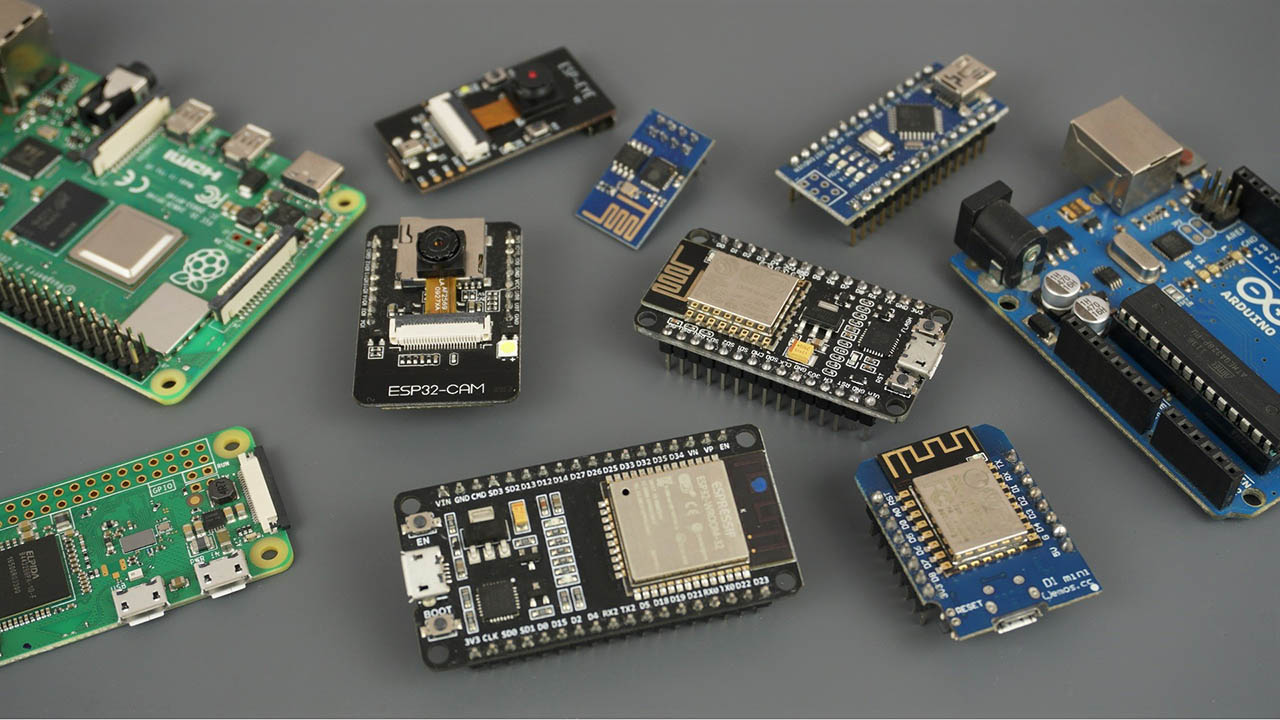Hardware selection depends on project requirements As far as I see on internet more and more people use raspberry and ESP board for IoT project.
Have you designed IoT project for company ? Do any company use ESP/PI to for their own IoT product or They develop their own board for IoT product. ?
Have you designed IoT project for company ? Do any company use ESP/PI to for their own IoT product or They develop their own board for IoT product. ?


